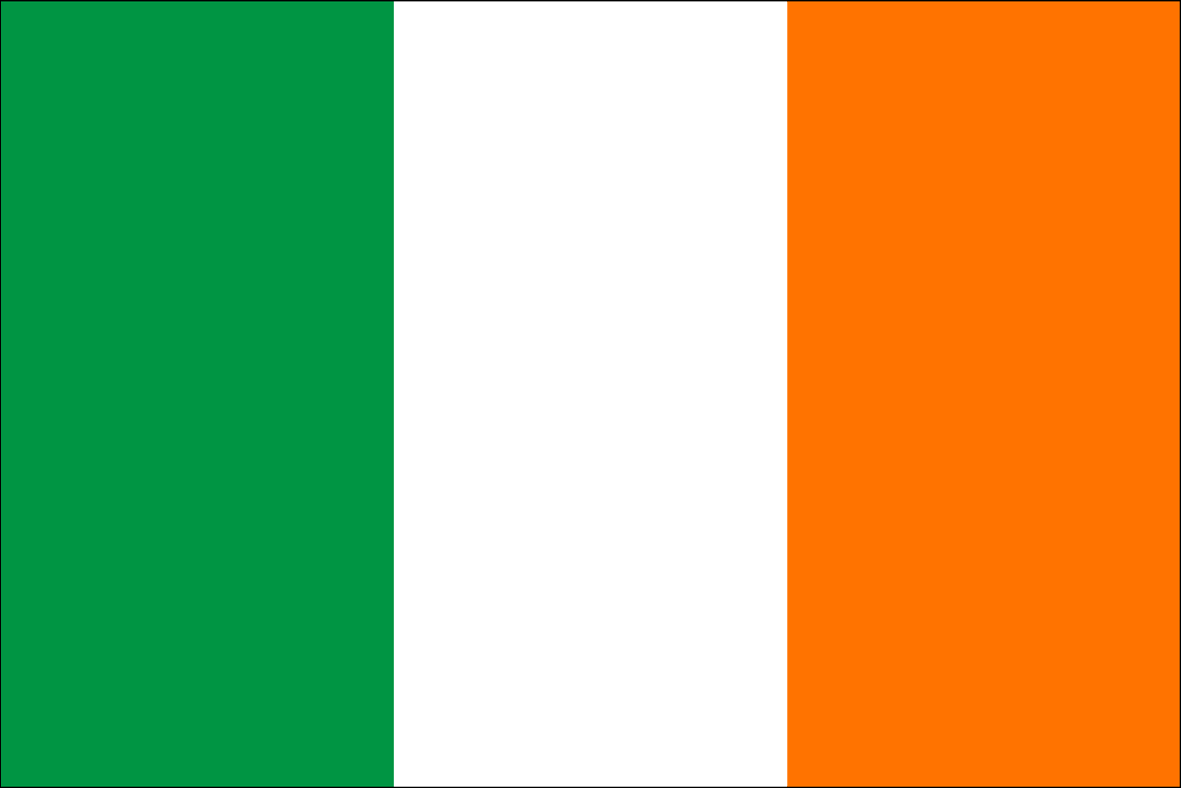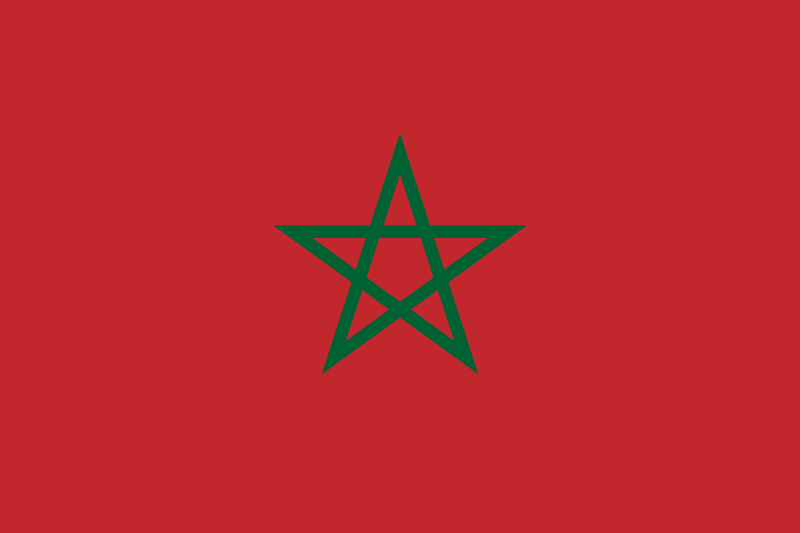goktengri
Banned
Share the meanings of your flags with us 






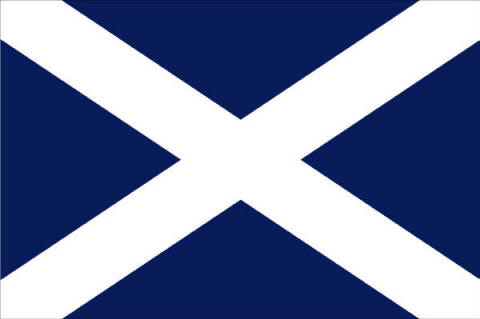
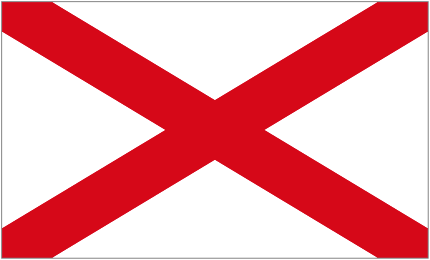
 ) who want Wales to be represented on the flag. This is a possible design:
) who want Wales to be represented on the flag. This is a possible design:

















Crescent:Islam
Stars:Turkish
Red:Involved in the ground "blood" of representing.








 ) Obrenović in the time of Second Serbian Uprising (battle against the Ottomans, etc....). Two eagles are symbols of "warrior-ship ", the crown is a symbol of "Serbian kingdom" that used to be quite big before, and the cyrillic part on the "shield" the eagles are carrying СССС (Samo Sloga Srbina Spasava) literally means "Only a unity saves the Serb"
) Obrenović in the time of Second Serbian Uprising (battle against the Ottomans, etc....). Two eagles are symbols of "warrior-ship ", the crown is a symbol of "Serbian kingdom" that used to be quite big before, and the cyrillic part on the "shield" the eagles are carrying СССС (Samo Sloga Srbina Spasava) literally means "Only a unity saves the Serb"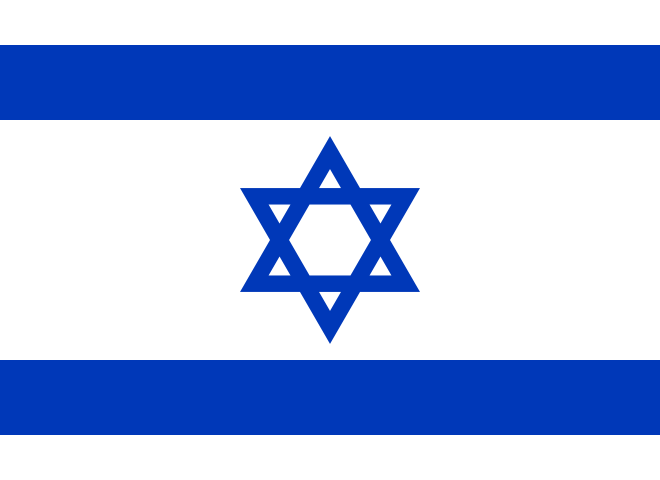


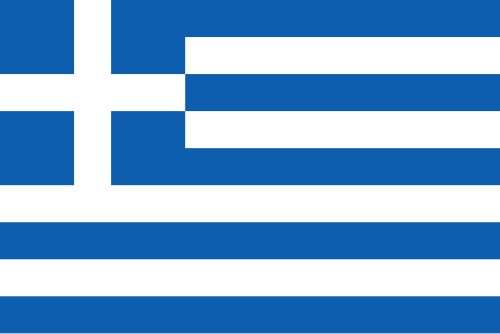






and a variant of the current flag which is used for ceremonial purposes:









As early as 1700, the maple leaf began to serve as a symbol celebrating Canada's nature and environment. The maple leaf on the flag is a sugar maple leaf. Sugar maples are native to Canada and have brilliant fall foliage. The number of points on the leaf has no significance; they do not, for instance, represent the ten provinces plus the federal government. In fact, some of the very first Canadian flags made had maple leaves of 15 points: the lower single points were tripled like the top three.
